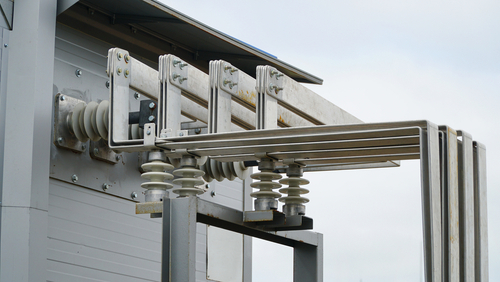Technical ceramics are able to withstand very high temperatures. The raw materials used in the production of technical ceramics allow it excellent heat-resistance properties. Also, technical ceramics are extremely strong and durable, making them suitable for use in high-temperature environments. Even when you compare traditional ceramics and technical ceramics you can notice a similar trend of high-heat resistance.
However, it is always best to know just how much heat certain types of technical ceramics can withstand, and be familiar with the reasons behind such amazing heat-resistance characteristics. Let us take a closer look at why many business owners turn to the leading technical ceramics manufacturers for materials to use in high-temperature environments.
 Can technical ceramics withstand heat?
Can technical ceramics withstand heat?
Even regular ceramic materials, such as tiles and bricks, are able to withstand very high temperatures. Technical ceramics are manufactured with extreme heat resistance in mind, making them very suitable for high-temperature conditions. There are two main manifestations of heat resistance – melting point and thermal shock resistance.
- Melting point: Melting point determines the temperature at which a material begins to melt. For example, aluminium starts to melt at approximately 1,220℉, while the alumina variant of technical ceramics starts to melt at temperatures higher than 3,632℉. This is an illustration of how heat resistant technical ceramics are.
- Thermal shock resistance: An additional component of heat resistance is thermal shock resistance. Thermal shock resistance is the ability of a material to withstand rapid and extreme changes in temperature.
Excellent heat resistance of technical ceramics makes it suitable for use in industries where components are expected to function under conditions of extreme heat and rapid temperature changes, such as energy generation and metal manufacturing.
 Why are technical ceramics heat resistant?
Why are technical ceramics heat resistant?
Technical ceramics boast excellent heat resistance because of the three main aspects heat resistance is dependent on:
- Thermal conductance: Thermal conductance is the rate at which heat is transferred within a material, i.e. how quickly heat moves through a material. Materials that are heat resistant have low thermal conductance values.
- Thermal expansion: Thermal expansion illustrates how much materials change in volume, area, or shape when exposed to high temperatures. Heat-resistant materials have a low thermal expansion value, making them experience small changes in structure.
- Thermal capacitance: Thermal capacitance defines the amount of heat needed to change the temperature of a material. The more heat a material can contain without an increase in temperature, the more heat resistant it is.
Different types of technical ceramics have different properties across these three categories. However, all types of technical ceramics are very heat resistant, which means they possess low thermal conductivity, low thermal expansion, and high thermal capacitance. It is these three components that make technical ceramics able to withstand high temperatures.
Which reputable technical ceramics manufacturer in America should I partner with?
If you’re looking for a dependable manufacturer of high-quality technical ceramics that are able to withstand high temperatures, you should start working with Wunder Mold, the leading manufacturer of high-quality technical ceramics in America. We produce the most heat-resistant technical ceramics for all your business needs.
At Wunder Mold, we are proud of our 25+ years of experience manufacturing technical ceramics. We have the know-how and the technology to produce the technical ceramic yor business needs Contact us today by dialing (707) 448-2349 or by sending an email to sales@wundermold.com
 Can technical ceramics withstand heat?
Can technical ceramics withstand heat? Why are technical ceramics heat resistant?
Why are technical ceramics heat resistant?